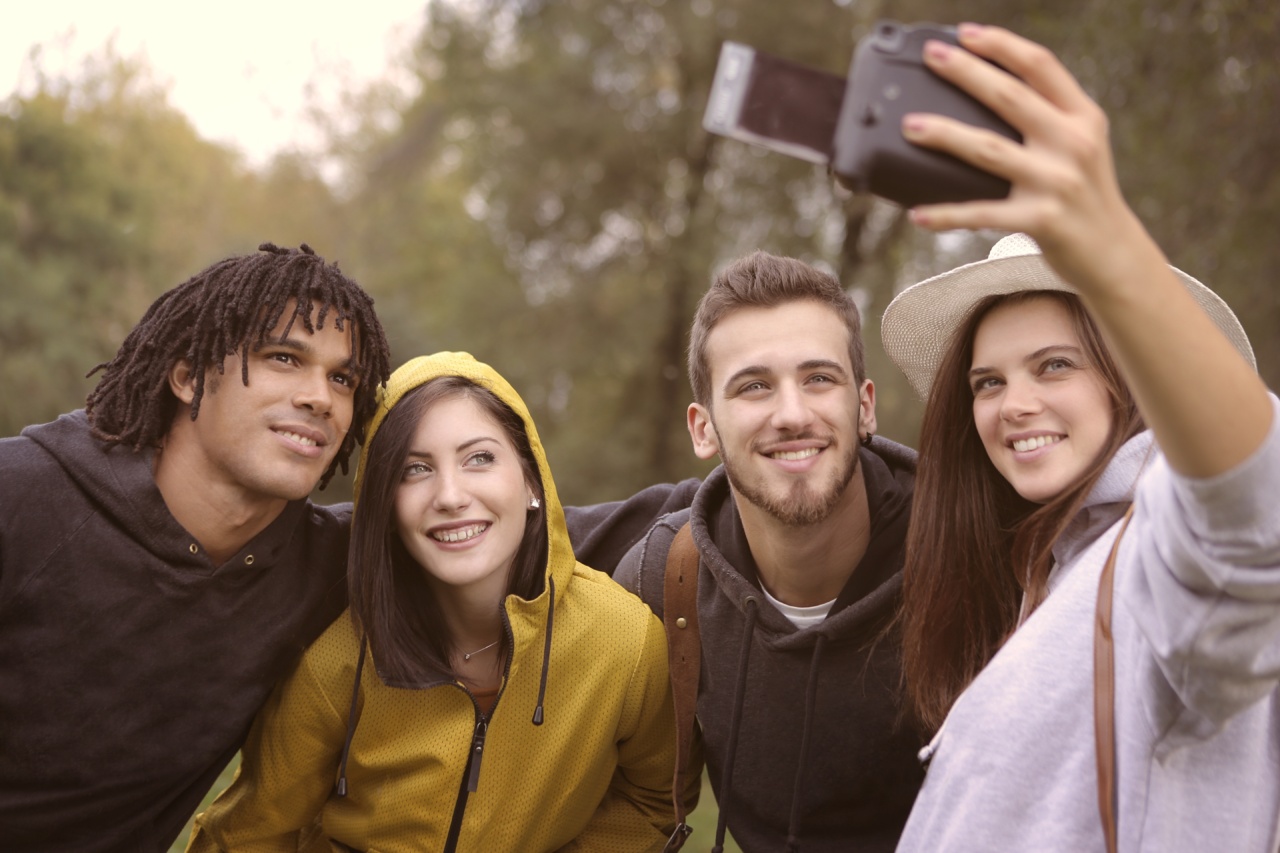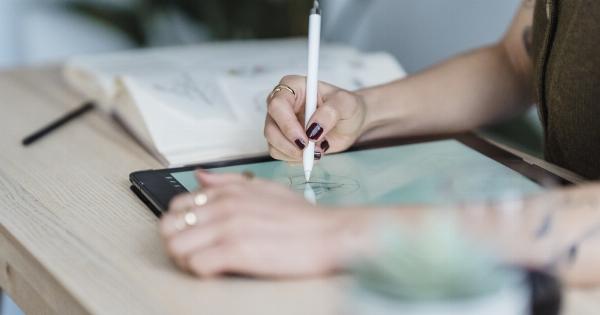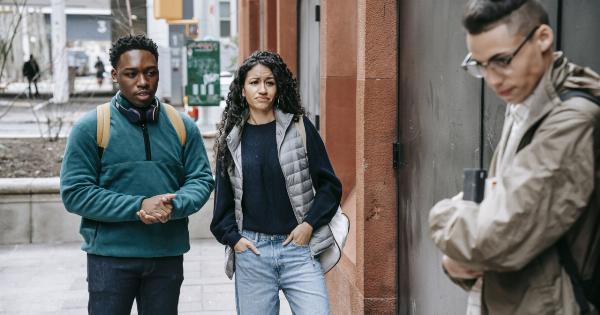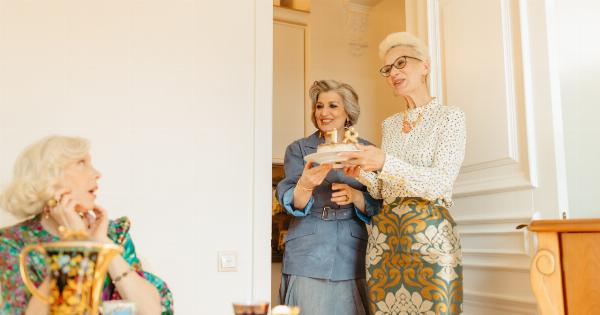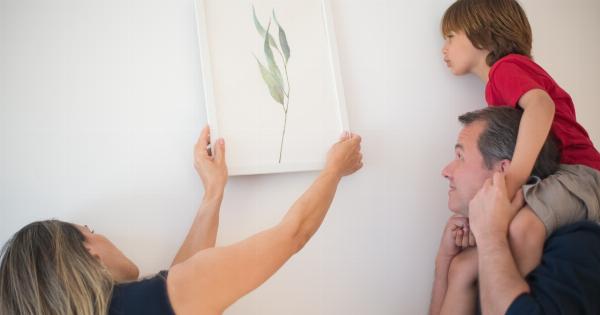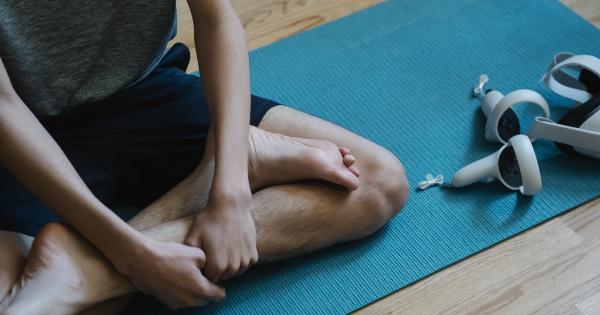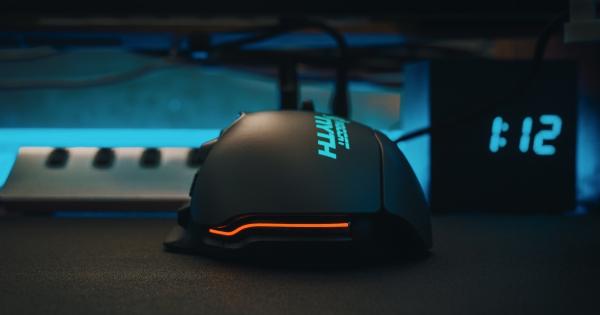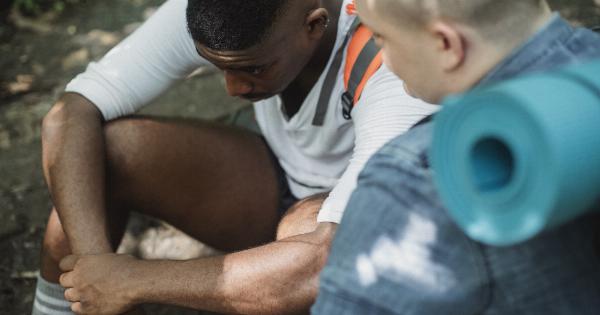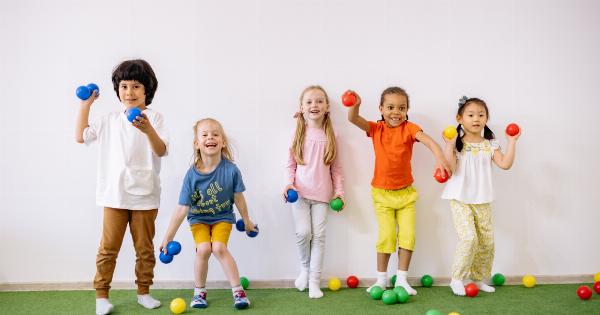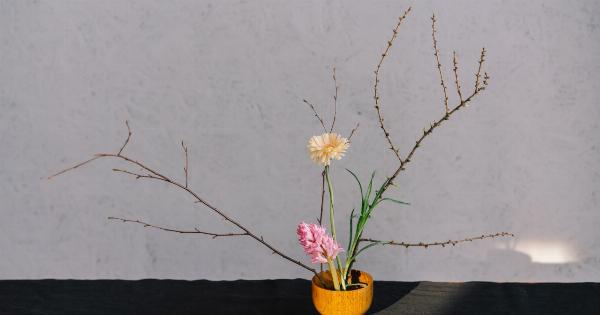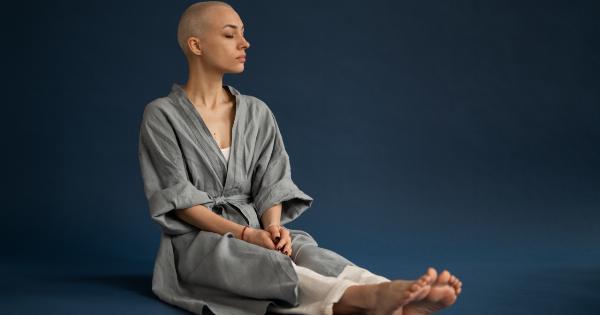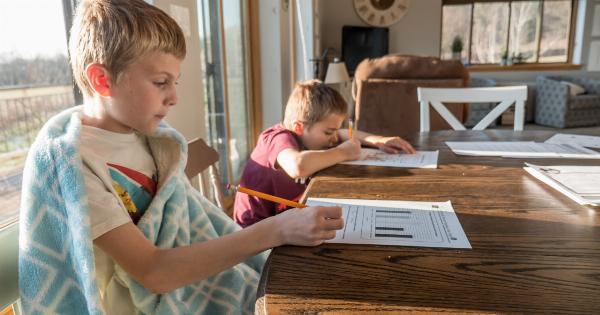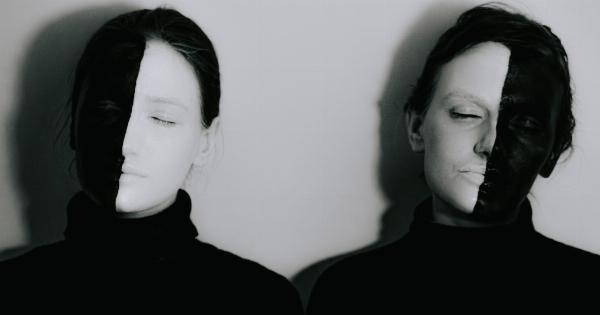Self-discovery is a lifelong journey that allows individuals to explore their inner selves, emotions, and beliefs. It is a process of understanding who we truly are and what makes us unique.
While there are various paths to self-discovery, art has proven to be an incredibly powerful tool for uncovering hidden layers of our identity and building self-confidence. In this article, we will delve into the transformative power of art and how it can serve as a visual journey towards self-confidence.
The Therapeutic Potential of Art
Art therapy is a form of psychotherapy that utilizes the creative process of art-making to improve mental, emotional, and psychological well-being.
Through various art forms such as painting, drawing, sculpting, and even photography, individuals can express their thoughts, feelings, and experiences in a non-verbal and visually stimulating manner.
Engaging in art as a form of self-expression offers individuals an opportunity to explore their inner world, connect with their emotions, and gain a deeper understanding of themselves.
The act of creating art can be cathartic, allowing individuals to release pent-up emotions and gain a sense of clarity. This process of self-expression aids in self-discovery and can boost one’s self-confidence.
Exploring Emotions through Visual Language
Art has the unique ability to communicate emotions that are often difficult to express through words alone. When individuals engage in art-making, they tap into their subconscious mind and allow their emotions to flow freely onto the canvas or paper.
The use of color, texture, and composition in art can convey an array of emotions. For example, vibrant colors may represent joy and vitality, while darker tones may signify sadness or introspection.
By visualizing their emotions, individuals can gain insight into their emotional landscape and develop a deeper understanding of themselves.
As individuals explore their emotions through art, they may find that their self-confidence grows. This is because art provides a safe space for individuals to confront and process their emotions without judgment.
Through the act of creation, individuals can recognize the validity of their emotions and develop a greater sense of self-acceptance.
Art as a Mirror of Identity
Art has the power to mirror our identities, reflecting our values, beliefs, cultural backgrounds, and personal experiences. When individuals create art, they inevitably infuse a part of themselves into their work.
The choice of subject matter, style, and medium can all reveal aspects of their identity.
Engaging in art as a visual journey towards self-confidence involves exploring and celebrating one’s unique identity. By creating art that reflects who they are, individuals can develop a greater sense of self-appreciation and self-acceptance.
Through art, individuals can acknowledge and embrace different parts of themselves, leading to an overall boost in self-confidence.
Art as a Catalyst for Self-Reflection
Art has the potential to serve as a catalyst for self-reflection and introspection. Looking at a completed artwork allows individuals to gain a different perspective on themselves and their experiences.
When individuals view their own art, they may notice recurring themes, symbols, or motifs that emerge in their work. These elements can serve as valuable insights into their thoughts, concerns, and desires.
By studying their art, individuals can unearth hidden aspects of their identity and gain a deeper understanding of their own desires and aspirations.
This self-reflection can lead to an increased sense of self-confidence, as individuals become more aware of their strengths, values, and personal ambitions.
They can draw upon these insights to make confident decisions and realign their lives with their authentic selves.
Art as a Journey, Not a Destination
Embarking on a visual journey to self-confidence through art is not a one-time event, but rather an ongoing process of self-discovery. As individuals continue to create art, their understanding of themselves will evolve and deepen.
Artistic growth often comes hand in hand with personal growth. Individuals may experiment with new techniques, subjects, or mediums as they explore different aspects of themselves.
The act of pushing boundaries and trying new approaches fosters resilience and adaptability, which are important qualities for building self-confidence.
Moreover, by engaging with the broader art community, individuals can gain valuable feedback and support.
Sharing one’s artwork with others allows for connections and conversations that can broaden one’s perspective on themselves and their art. This community engagement can further fuel self-confidence and a sense of belonging.
Conclusion
Art serves as a catalyst for self-discovery and a visual journey towards self-confidence. Through art therapy, individuals can express their emotions, explore their identities, and engage in self-reflection.
The therapeutic potential of art allows for a deeper understanding of oneself and the development of self-acceptance. By embracing art as a lifelong journey, individuals can unlock their creative potential, boost self-confidence, and live authentically.
